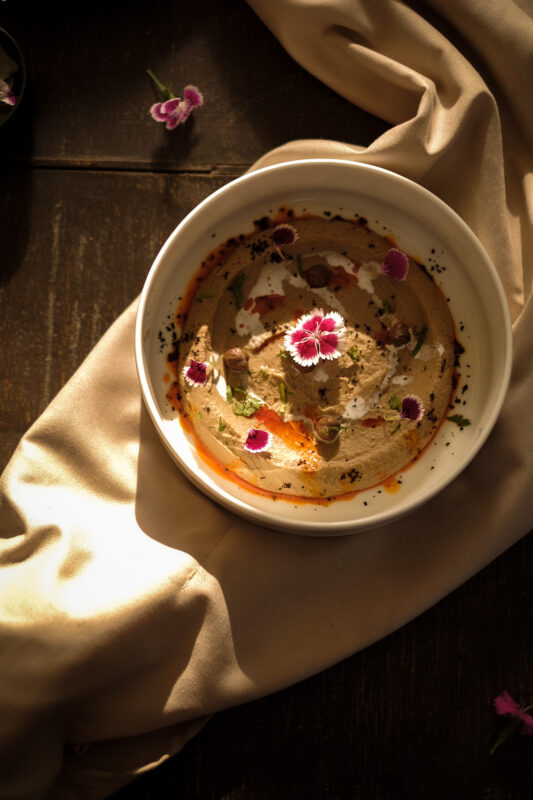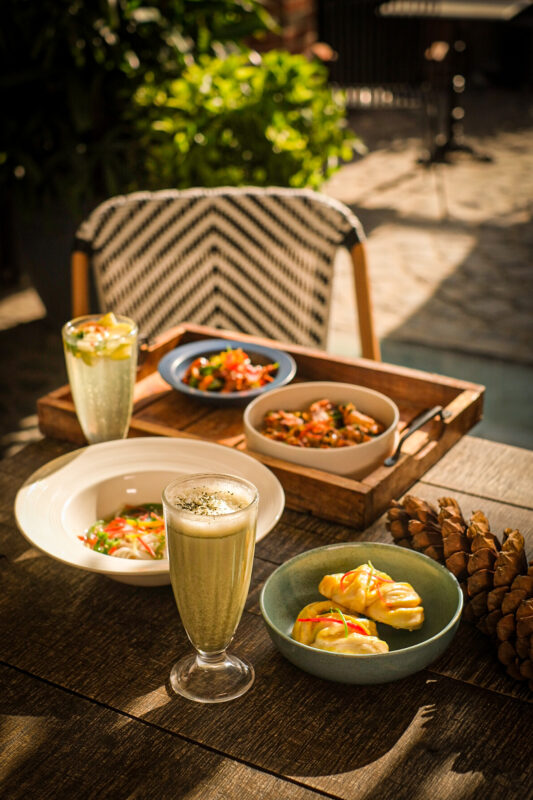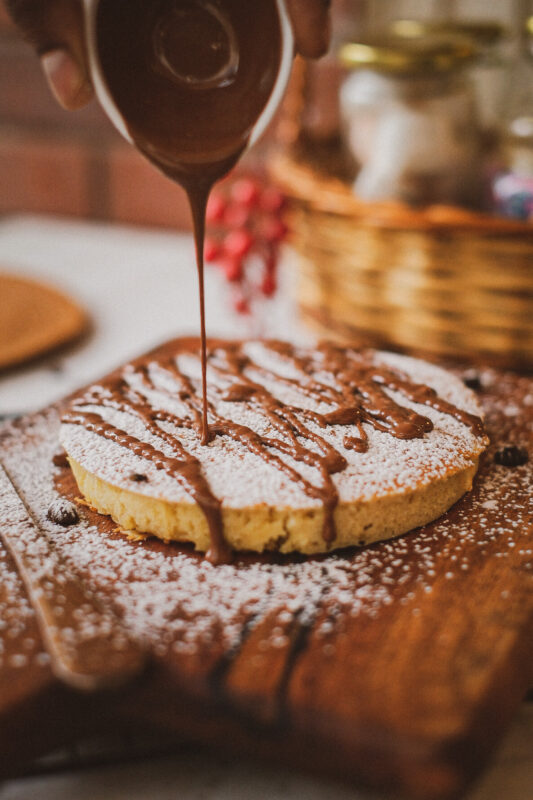Post pandemic, healthy and fresh home-like cooking has gained prominence leading to chef-driven cuisine return with a bang!
Recognising this trend, the directors of well-known tourist address ‘32nd Avenue’ in Gurugram have launched a one-of-a-kind food street, the Highline, where chef-led enterprises and community dining rule.
Here, patrons can sit at a table outdoors and order from any of the restaurants on the street. These kitchens, like Boju’s Kitchen (Nepalese), Manny’s Waffles (desserts), Posa (traditional Indian), and Long Finish ( Japanese) put out authentic home recipes, which are bursting with flavour and cooked with the freshest ingredients.
The must-try items include juicy momos from Boju’s Kitchen, delectable kulchas from Posa, wholesome pasta from Timpano or the rich and creamy tonkotsu ramen bowl from Long Finish.
Discovering new flavours
Dhruv Sharma, founder and CEO of 32nd Avenue explains, “The Highline is a platform created by 32nd Avenue to discover new talent in the culinary world within specific niches. In our travels across the world, we’ve always seen speciality cuisines and found that there wasn’t a space in Delhi NCR that gave younger, newer brands a space to showcase their expertise in this format. We’re constantly on the lookout for brands who specialise in niches — whether that’s Belgian waffles, freshly made kulchas or cuisines that have authentic, yet unexpected flavours.”

“With Boju’s Kitchen, we offered a home-chef mother and daughter duo a platform to serve their gourmet Ladakhi momo recipes and other classic Himalayan staples in a commercial setting. We typically operate as a business incubator, offering these brands a space with a revenue sharing model, no fixed minimum rent obligations, capital for interior fitouts and most importantly, access to the thousands of customers with a discerning palate who already visit 32nd, thereby giving these brands the opportunity to be their true authentic selves.”
He added that there are trials prior to involving any brand.

“Before onboarding any brand, we conduct several tasting trials and work closely with the entrepreneurs to understand their menu heroes and decide which aspects they should be focusing on, ensuring that they’re putting their best foot forward as a brand. Our expansion strategy is dependent on their success. We take their product and give them a larger footprint on campus as and when the consumer demand exceeds expectations. A great example of this is our tonkatsu ramen incubation at ‘Long Finish by Ramen Donn’. After making observations around how their product has been received on campus, we’re now expanding their ramen shop into a full-blown Japanese izakaya-style ramen and sake experience across two floors in an anchor space on the main avenue.”

There is much to like with chef-led eateries. While an experienced restaurateur has certain advantages in the operational know-how that is honed through experience and/or education, a home chef can have certain advantages in the kitchen with their knowledge of their product.
According to Karan Malik of Long Finish, which serves authentic Japanese cuisine, “A sound domain knowledge and passion for your product can be a strong competitive advantage in an industry where differentiation is typically hard to come by. Most restaurants aim to provide a wide and generalised set of offerings, often to capture the casual visitor. We can think of it as focusing on the width of the offerings, rather than the depth of the offering.”
Product-centric restaurants
Karan and chef Kunal Singh Dogra started Long Finish nurturing its growth from around five bowls a week to over 300 bowls. They say chef-led restaurants have a competitive advantage in exploring depths of their product and focusing on incremental improvements that lead to a “hero” product instead of trying to serve as many casual customers as possible with a more generic set of offerings. They say they have definitely seen an uptick postCovid with plenty of chef-led restaurants making a mark on the industry in the past 2-2.5 years.

Conceptualising and operating a product-centric restaurant is faced with a wide set of challenges particular to its niche. One has to define their target audience in a much more concentrated manner and that comes with certain marketing challenges, in terms of defining that market, defining the problem in the market and having adequate outreach efforts towards that target audience.
As the duo explains, “We have worked our way up from doing ramen from a home kitchen, to growing it manifold and moving production to a professional kitchen to then setting up an establishment in Long Finish. We are certainly looking to travel further on that trajectory. However, we are patient with our approach and want to expand in the right way, keeping the essence of the brand and the product intact while elaborating on our offerings and elevating the overall experience that we can provide to our patrons.”
Grandma’s Recipe
Three generations of women have come together to set up Boju’s Kitchen. Maiyya, Arati and Chitrangadha – a grandmother, mother, granddaughter trio started the momo venture from their home in Saket, New Delhi during the lockdown before graduating to their restaurant Boju’s Kitchen at 32nd Avenue.

Their delicious and flavoursome Himalayan menu offers scrumptious home fare ranging from a wholesome thupka to a variety of noodles, curries and fried rice. While Arati switched lanes from being a journalist to chef restaurateur, daughter Chitrangada juggles between a hotel job in sales and marketing to cooking at Boju’s.
Grandmom Maiyya is the fountainhead for the delicious recipes. The trio decided to upscale the from-home business to a fullfledged restaurant when they found the demand for their menu spiralling.
Arati says, “We are very happy with the way the business has grown and are seriously thinking of expansion. Since we do all the purchasing of vegetables, meat and poultry on a daily basis from the market ourselves for our dishes, it is hard work. But then we wouldn’t have it any other way. This traditional kitchen functioning is what sets us apart from others and makes it an authentic home-like experience.”
Desi Twist
Shailender S. Khanna of Posa believes in giving desi favourites a new twist.
“At Posa, the emphasis is on local dishes and reinterpreting age-old Indian traditions to create an experience that toasts the old times and celebrates the new. The kitchen presents the classic yet unexplored charm of India’s diverse regions, marrying them expertly with familiar flavours. The name comes from Posan (pronounced poshan) in Sanskrit signifying the verb for nutrition,” he says. “The best part about our kitchen is that we don’t have any mixers or grinders in the kitchen and everything is stone ground. So, besides the chutneys even our murgh silbatta seekh is stoneground which adds another distinct texture to the seekh kebabs. Some of our most popular items are the kulchas, kebabs and innovations like avocado sev puri, pindi chhole hummus, khus khus bread, lotus stem and green peas bhel.”
While the chefs enjoy that the ‘The Highline’ gives them ample license to experiment and do things their own way, for the diners it is a wonderful eat-out experience with the freedom to sample the creativity and speciality of every chef in a quaint street that lets them sample whatever tickles the palate.

So, you can follow up your momos with ramen, followed by a bite of kulcha, gorge on some pasta and finish off with waffles. The palate is the king.





